Maserati celebrates its 100 birthday this year.
So it is only fitting and a worthy sign of respect that we dedicate a Part III completely to Maserati which took home some trophy’s at the Concorso d’Eleganza this year.
Although Maserati may be less well known than Ferrari and is certainly less prestigious today, in the early 1950s things were different.
Kings, heads of state and the wealthiest industrialists flocked to Maserati as the worlds premier sports car maker. Aga Khan, Cunningham, the Shah of Iran all were noteworthy Maserati clients. For those interested in learning about Maserati from one of the worlds foremost experts Walter Bäumer please see an interview we did last year-here. As a tribute to the glorious past of Maserati, the Concorso invited some very important Maserati cars.
Lets take a look at them in more detail.
The car with its wide open mouth, large grill and badge- it is aggressive looking and Maserati sports / racing car in purity
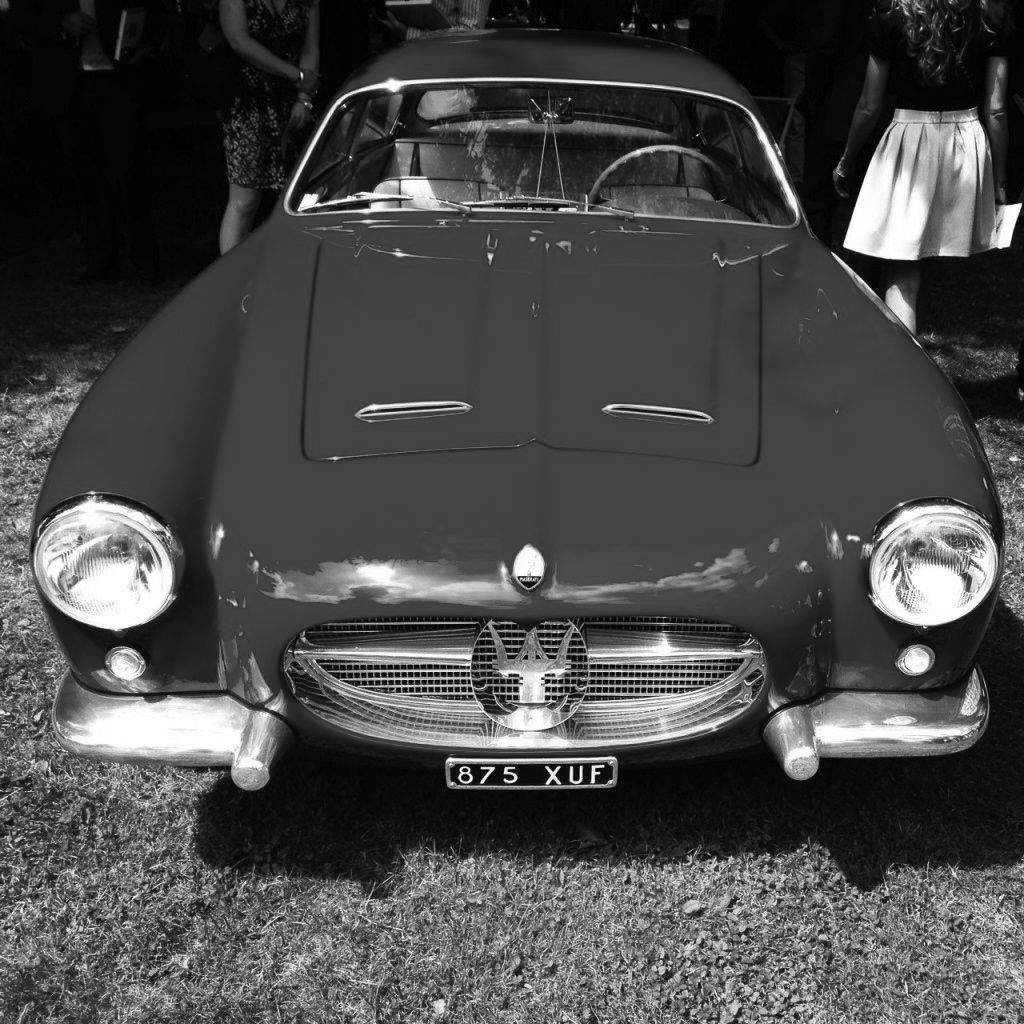
In our opinion it is one of the most beautiful Maserati road / race cars ever built. Only 21 cars were built by Zagato, these cars are very rare.
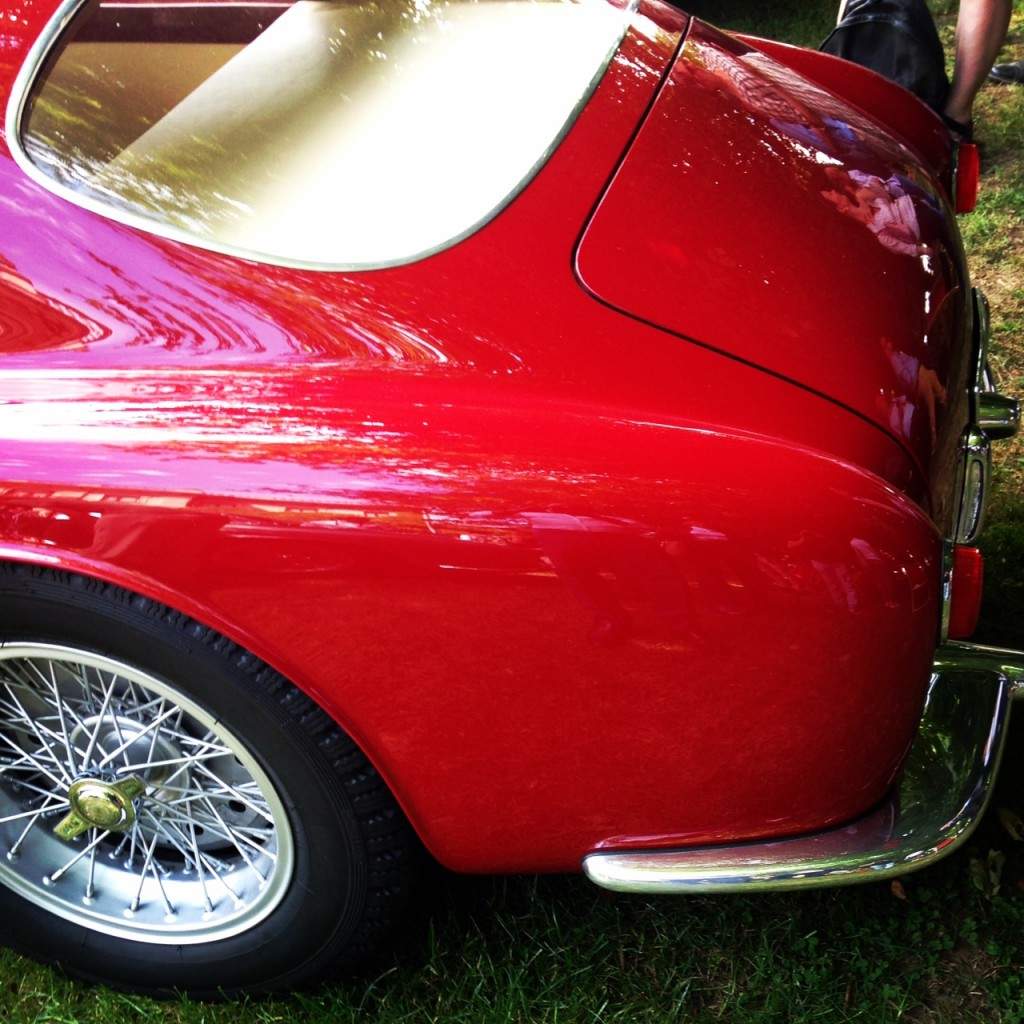
The air vents on the side are typical of Zagato and his signature can be found on the side of the car below.

Next we move on to an even more rare car: A 1953/54 A6GCS from Pininfarina. Only two are known to exist. This car is owned by the Pannini (yes from the football stickers) family who own one of the largest Maserati collections in the world. We think it is beautiful as is a charming German lady from Munich who was also impressed by the car.
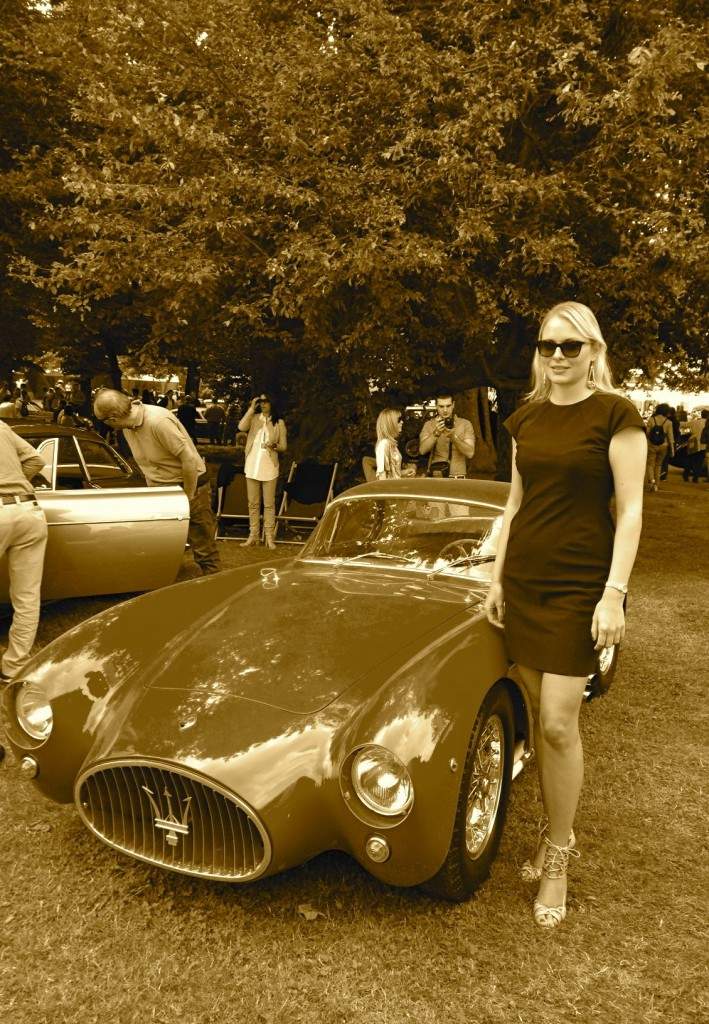
Maserati in the 1950s stood for exclusivity and elegance. Outside as well as inside. The interior of the cars were of the highest standards and finest materials. Clearly a car that was made for royalty, heads of state and multimillionaires.
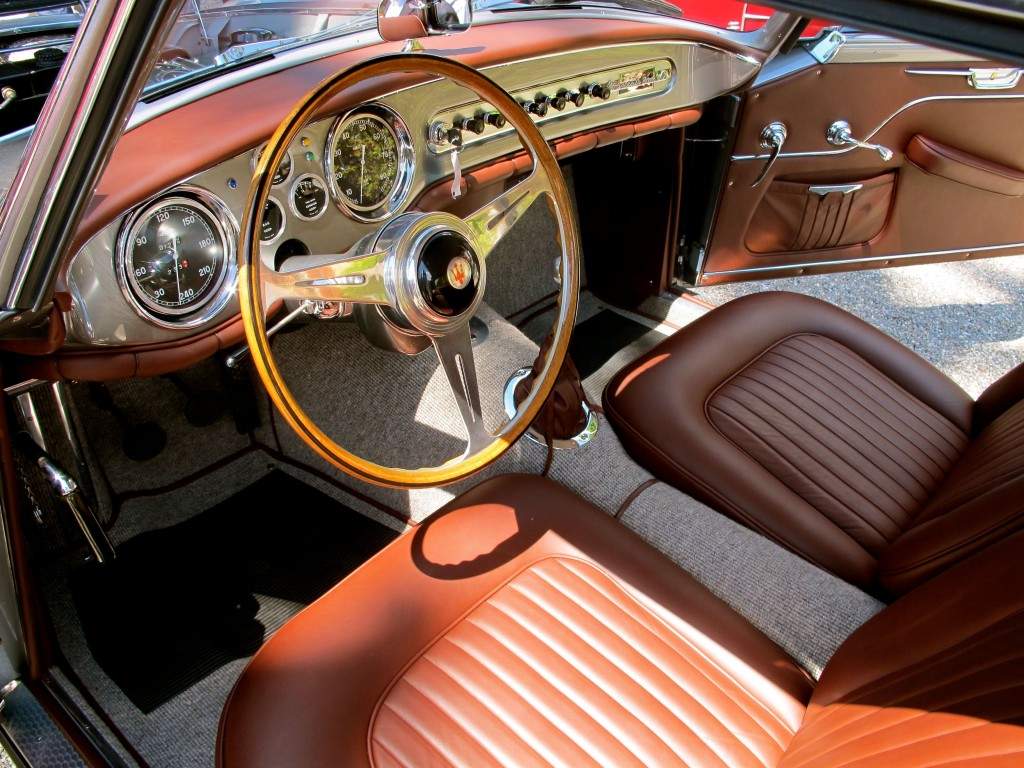
Ofcourse the best instruments were used for the fuel, tachymeter and oil gauges. That meant Jaeger.

The highlight of the Maserati collection at Villa d’Este was this 450 S racing Maserati from a Swiss based collector who made his fortune selling sausages.
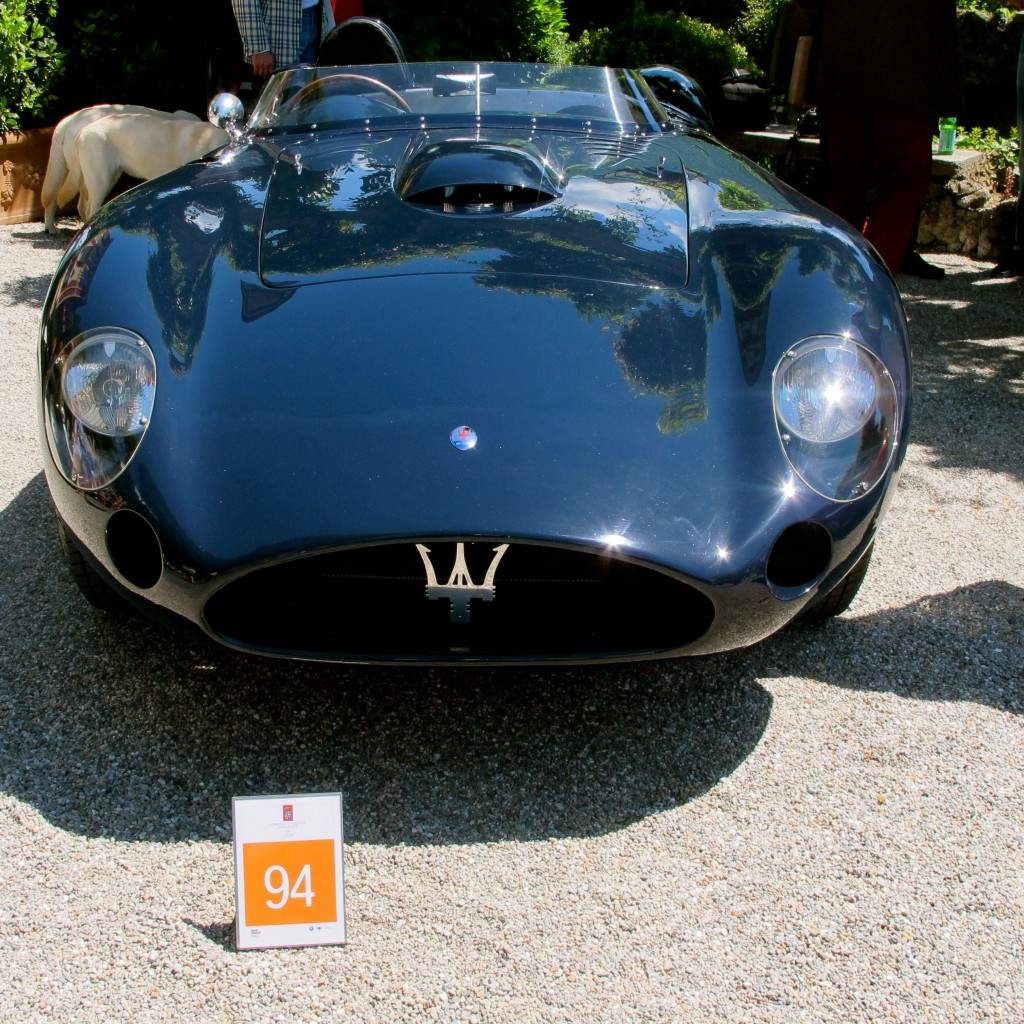
The cars engine was a massive one: 4.5L and the carburettors needed space. Hence the bulge on the engine bonnet and the air vents to cool the engine.
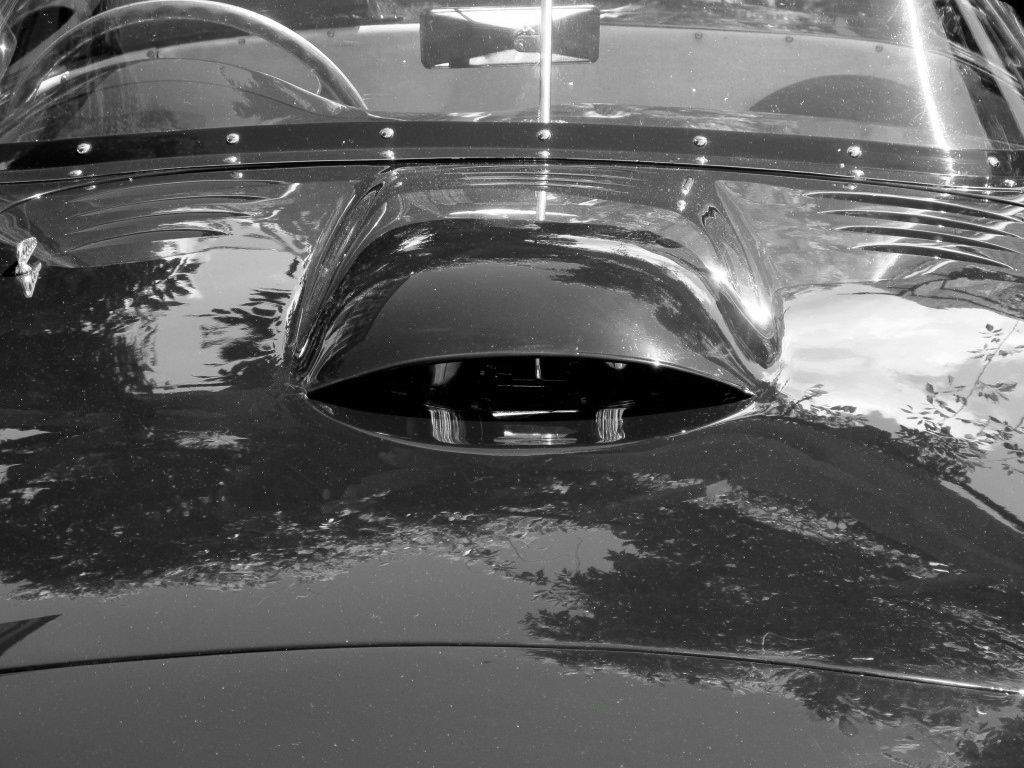
The heart of this car is ofcourse the massive engine. It was the engine that inspired the Shah to build a roadcar: The Maserati 5000 GT. Notice the 4 dual weber carburettors.
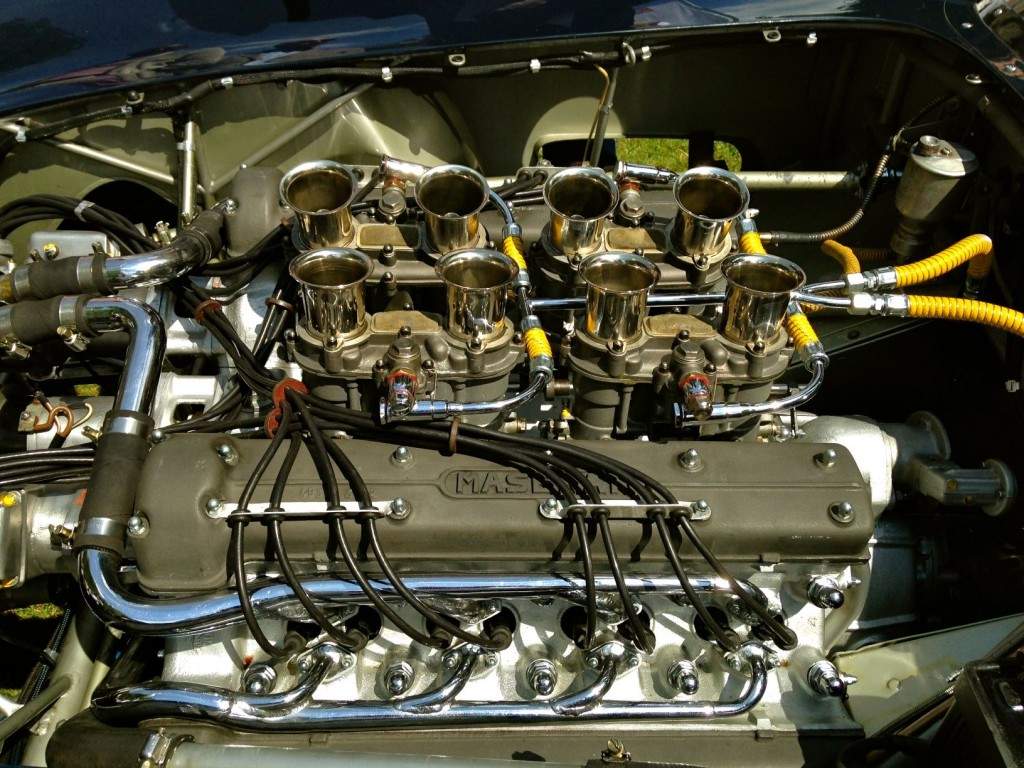
The last car is a rare, one -off 150 GT Prototype Maserati from 1957 convertible bodied by Frua and owned by a Pharmaceutical tycoon based in Austria. The front of the car reminds us of a cat.
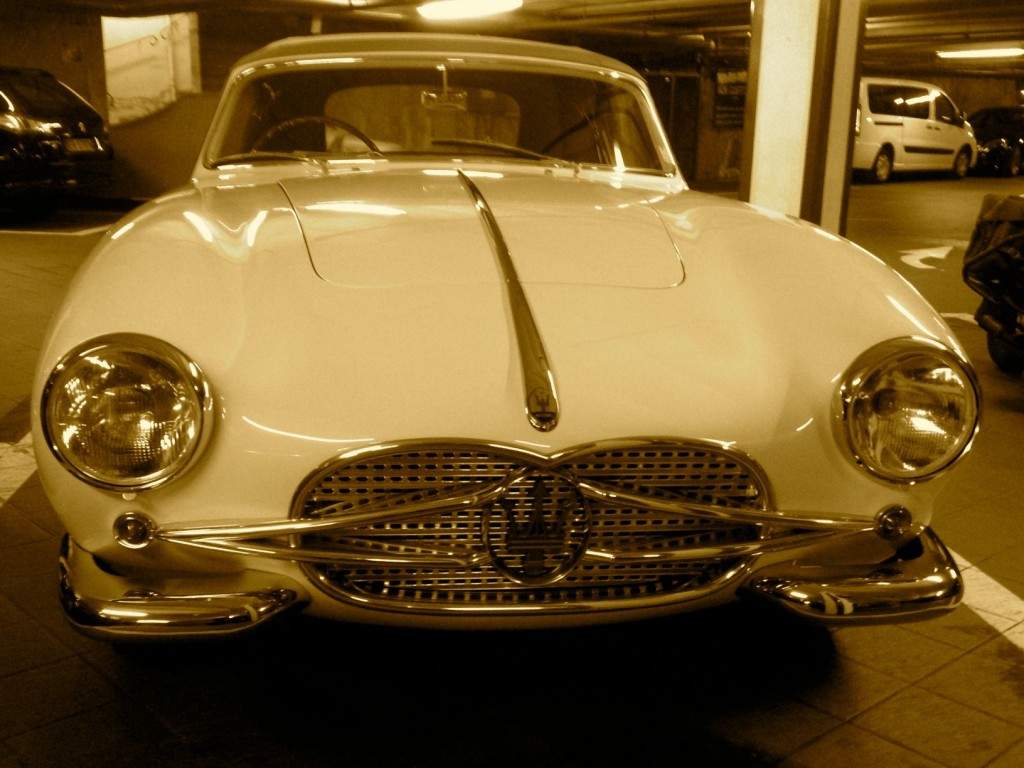
The car is nice with the closed top. The back of the car shows the elegant lines of what Maserati was capable of from the 1950s.
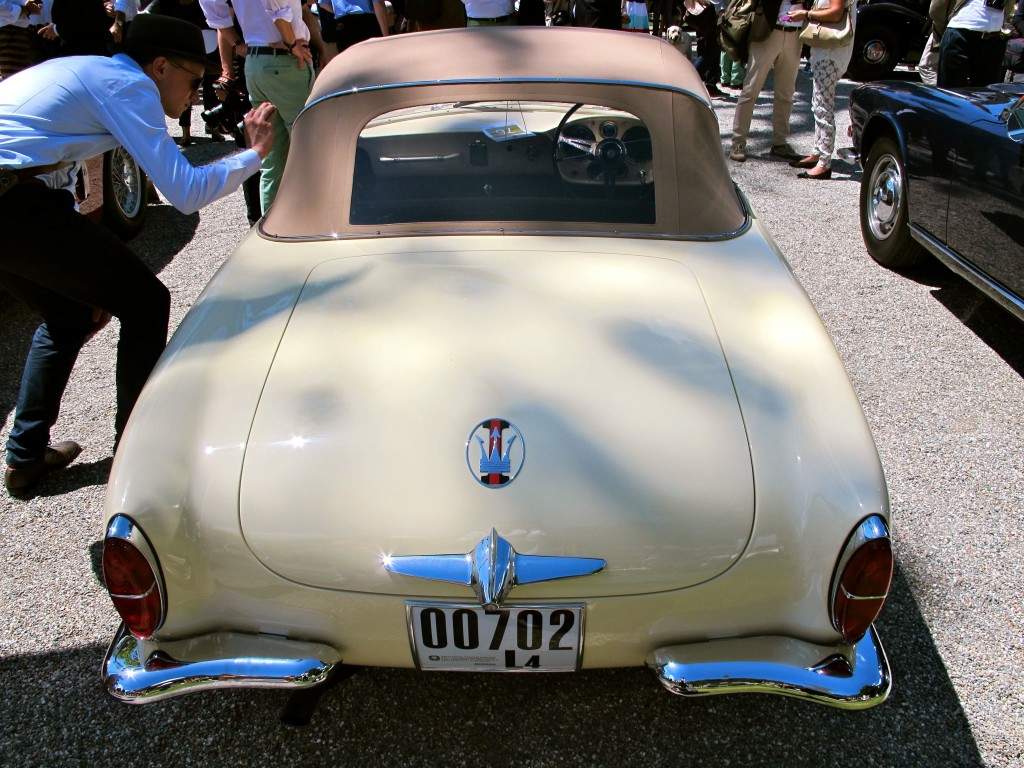
The car is equally nice with the top down.
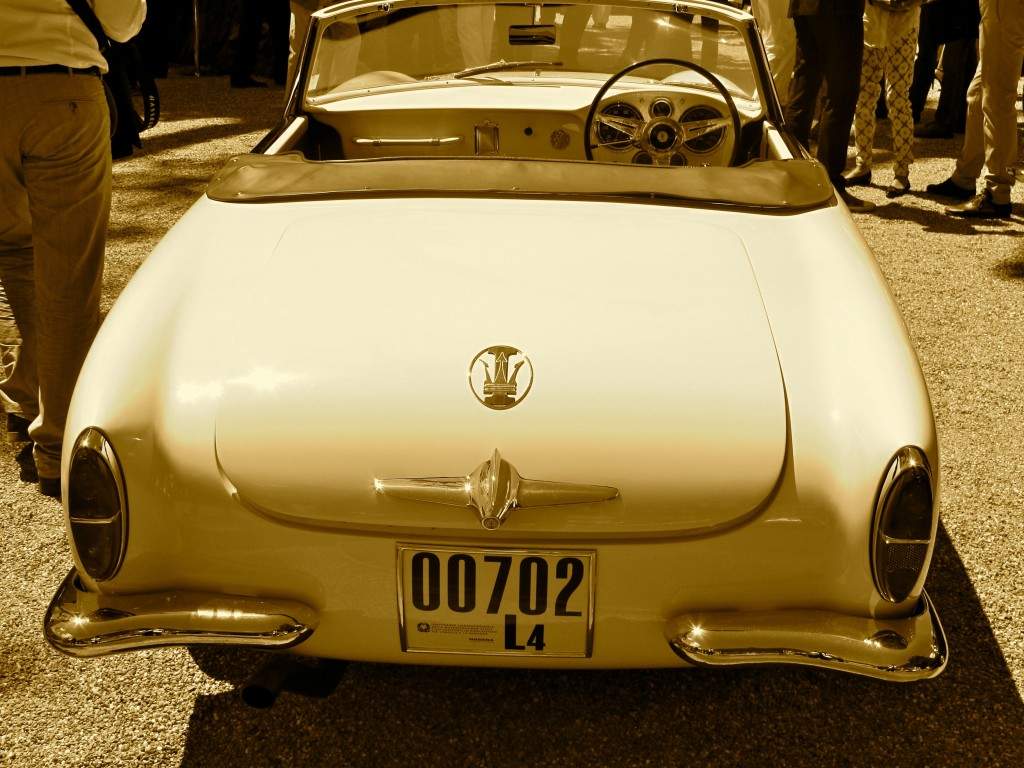
Concluding thoughts: As Maserati turns 100 later this year, the manufacture from Modena has a lot to be proud of. The company has had many ups and downs in its life. A young founder die; the brothers take over only to be bought out later by an industrialist who would run into financial problems. A french owner Citroen and then finally FIAT group which takes over the company. Maserati clearly has not had the luxury of stable ownership like Ferrari and given their turbulence with many owners, it is really a miracle that they were able to produce some of the finest sports cars in the world during the 1950s and 1960s. For those interested in learning more about Maserati and its illustrious past, see my post 100 years of Maserati Part I.
